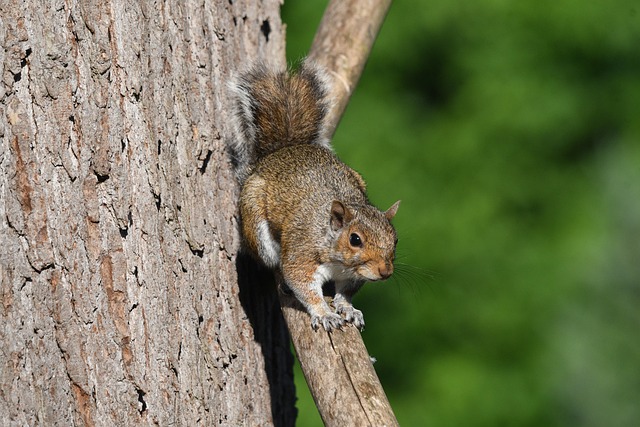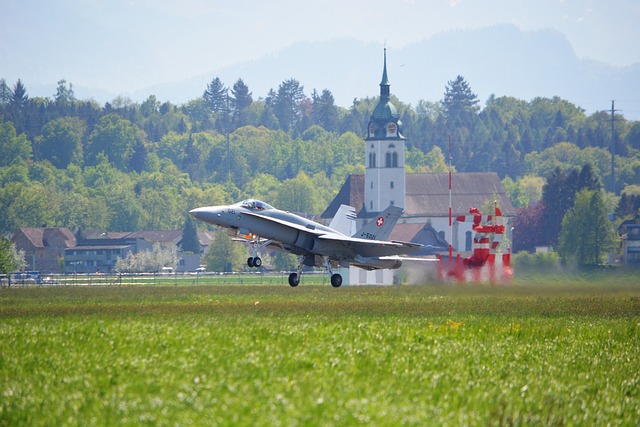Ranch land has evolved dramatically from ancient pasturage to modern real estate, reflecting changing demands and global cultural exchanges. Initially used for livestock grazing by various civilizations, ranching evolved with societal development and improved farming techniques during the agricultural revolution. Today's sophisticated ranches blend residential amenities, recreational facilities, and sustainable land management strategies, attracting buyers seeking expansive lands and charming homesteads. This historical transformation has left an indelible mark on landscapes and communities worldwide, making historic ranches valuable real estate assets.
“Unravel the rich history of ranching and its profound impact on global trade and real estate practices. From ancient times to modern era, ranch lands have evolved, transforming into valuable assets. Ranching has not only shaped landscapes but also fostered cultural exchanges, leaving an indelible mark on communities worldwide.
Explore how this traditional practice continues to influence the future of real estate, offering insights into its historical perspectives and lasting legacy.”
The Evolution of Ranch Land: From Ancient Times to Modern Real Estate Practices

Ranch land has undergone a remarkable evolution throughout history, transforming from ancient pasturage to modern real estate practices. In antiquity, various civilizations relied on open grazing lands for their livestock, marking the beginning of ranching as we know it. As societies developed, so did the management and utilization of these lands, leading to the establishment of formal ranching communities. The introduction of domesticated animals and improved farming techniques during the agricultural revolution further solidified ranching’s place in human history.
Over time, ranching expanded globally, with diverse cultures adopting and adapting practices to suit their needs. In modern times, the concept of ranch land has evolved significantly, integrating advanced real estate practices. Today, ranches are not merely vast grazing areas but sophisticated properties that incorporate residential amenities, recreational facilities, and sustainable land management strategies. This evolution reflects changing societal demands, environmental considerations, and the increasing value placed on agricultural land as a precious resource.
Ranching as a Driving Force in Global Trade: Historical Perspectives and Cultural Exchanges

Ranching has historically been more than just a way of life; it’s served as a powerful driver in global trade, fostering significant cultural exchanges across continents. For centuries, the vast expanses of land and diverse climates around the world have provided ideal conditions for raising livestock, leading to the development of robust ranching industries. These industries not only supplied local communities with food and resources but also played a pivotal role in international trade networks. The demand for high-quality meats, wool, and other animal products sparked transcontinental connections, as traders and merchants sought to capitalize on this lucrative market.
The cultural exchanges resulting from these trade routes were profound. Ranching practices, technologies, and even livestock breeds traveled across borders, enriching the agricultural landscapes and communities of various regions. This exchange of knowledge and resources influenced not just farming techniques but also social structures, culinary traditions, and artistic expressions in both rural and urban settings. In many cases, ranching became a gateway to understanding and integrating diverse cultures, leaving an indelible mark on the global historical tapestry through its significant role in international trade.
The Legacy of Ranching: Shaping Landscapes, Communities, and the Future of Real Estate

Ranching, an enduring tradition with deep roots in history, has left an indelible mark on landscapes and communities worldwide. This way of life, characterized by the herding and raising of livestock, has not only shaped vast stretches of land but also woven a complex tapestry of cultural heritage and economic development. The legacy of ranching extends far beyond the confines of rural areas; it influences and enriches the very fabric of real estate as we know it today.
The impact is multifaceted. Ranching practices have contributed to the formation of diverse ecosystems, with managed grazing fostering healthier vegetation and wildlife habitats. As communities evolved around these ranches, they became cultural hubs, preserving traditions and creating tight-knit societies. Today, historic ranches and their associated properties are increasingly recognized for their intrinsic value in real estate. Their unique characteristics, including expansive lands, charming homesteads, and sustainable practices, appeal to a wide range of buyers seeking not just property but also a piece of this rich legacy.






